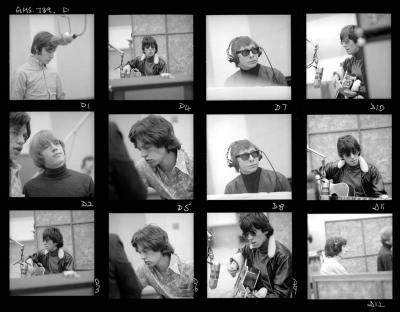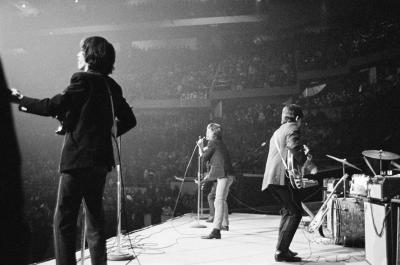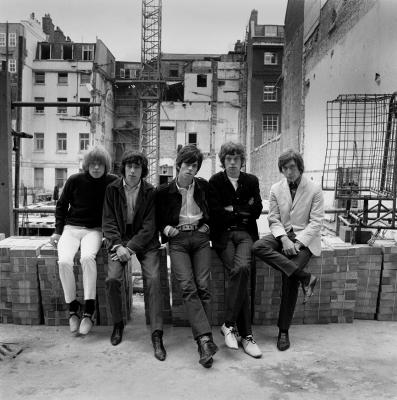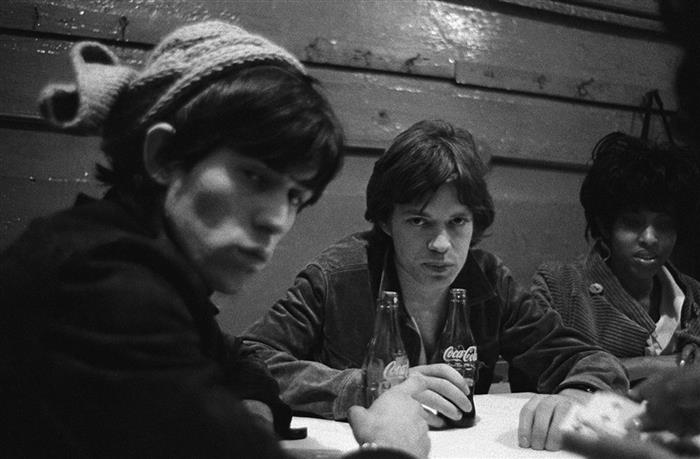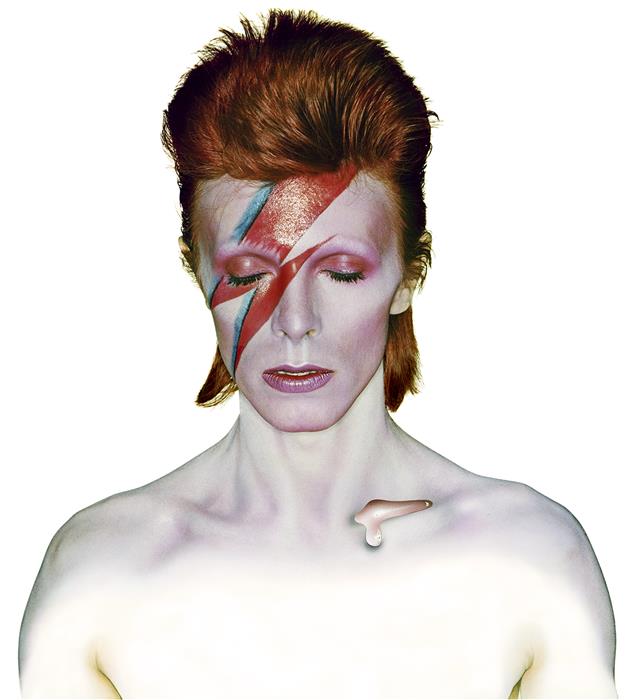During the 1960s, the British Invasion brought about significant cultural changes and unleashed a wave of creativity that three photographers – Gered Mankowitz, Terry O’Neill, and Brian Duffy – managed to capture through their lenses. The era’s emblematic personas, namely the Beatles, Rolling Stones, David Bowie, and Twiggy, were personified by their quintessence intact by these five musicians who had a unique approach that distinguished them.
Gered Mankowitz’s photography is recognizable for his use of light and shadow, which he employed to capture his subjects’ introspection and mood. Renowned for his iconic captures of the Rolling Stones, such as their “Between the Buttons” session, these images epitomize their undiluted vigor and maverick ethos. Gered was the official photographer of the Stones for quite some time, so we can get a proper view of them from recording in the studio, to being backstage and posing for album covers.
The approach taken by Terry O’Neill was founded on the principles of authenticity and rawness, striving to capture his subjects’ true essence in a candid and honest way. There were time-honored pictures he captured of David Bowie, such as the Yellow Mustard Suit and Diamond Dogs Album covers. He also captured some iconic legends like the Beatles and The Rolling Stones.
Brian Duffy, on the other hand, distinguished himself with his bold and graphic style, often using striking color contrasts and daring compositions. The artistic innovation of the era is well depicted in his photographs, particularly with David Bowie whose image on the “Aladdin Sane” album cover epitomizes a cutting-edge aesthetic.
The collaborative works of these three skilled photographers have effectively contributed to the development and establishment of a unique visual tongue characteristic of the British Invasion. Their adeptness in capturing its fervor, ingenuity, and vitality has left an indelible imprint on current audiences who remain enchanted by their artistry even today. This authenticates how potent art is as it mirrors our reality while simultaneously molding it into shape beyond what we deem possible.

